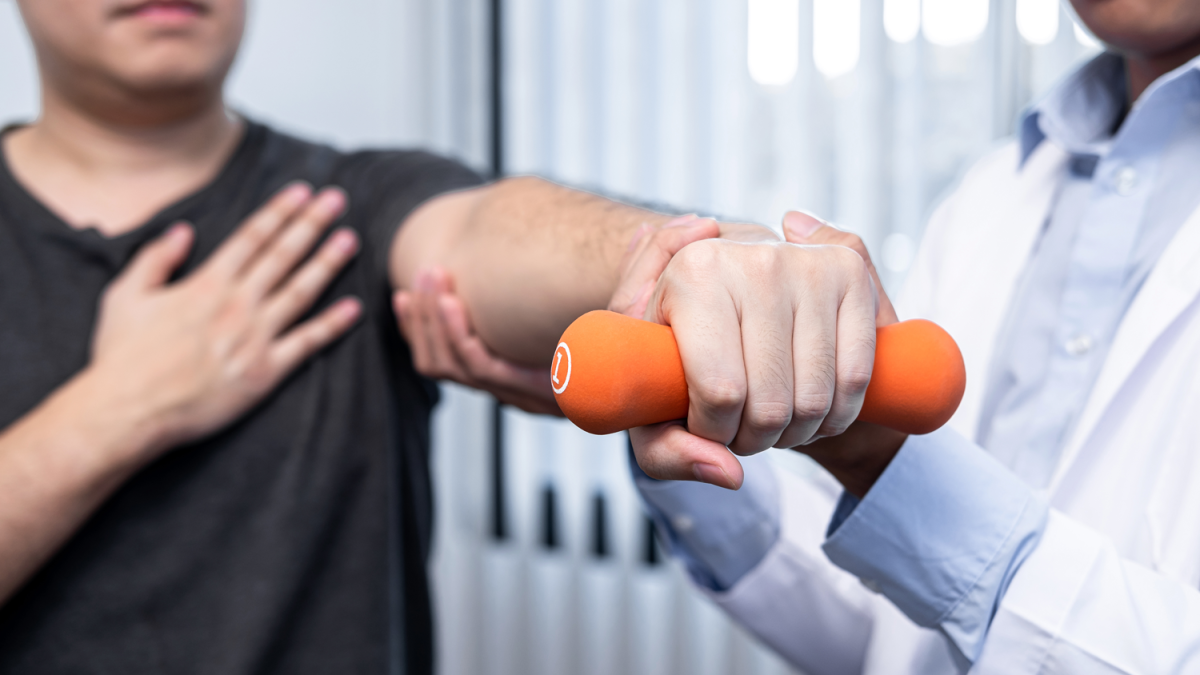Traditional Physical Therapy (TPT) is a well-established approach for treating musculoskeletal issues, offering a range of techniques such as exercises, stretches, and manual therapy. TPT aims to improve mobility, strength, and function, making it suitable for rehabilitating injuries, managing chronic conditions, and preventing future injuries. On the other hand, Acoustic Wave Therapy (AWT) is a non-invasive treatment that uses acoustic waves to stimulate the body’s natural healing process, particularly effective for conditions like tendinopathies, plantar fasciitis, and muscle strains. Treatment plans for TPT are tailored to individual needs and may involve multiple sessions over weeks or months. AWT, typically administered over several sessions, helps stimulate blood flow, reduce inflammation, and promote tissue regeneration, with each session lasting between 15 to 30 minutes. The choice between AWT and TPT depends on factors such as the nature of the condition, overall health, and treatment goals, and should be made in consultation with a healthcare professional. Both approaches have their advantages, and the right choice will depend on individual needs and circumstances.
Acoustic Wave Therapy (AWT) Explained
AWT is a non-invasive treatment that uses acoustic waves to stimulate the body’s natural healing process. It is particularly effective for conditions such as tendinopathies, plantar fasciitis, and muscle strains. AWT works by delivering acoustic waves to the affected area, which helps stimulate blood flow, reduce inflammation, and promote tissue regeneration. The treatment is typically administered over several sessions, with each session lasting between 15 to 30 minutes.
Traditional Physical Therapy (TPT) Explained
TPT, on the other hand, is a more traditional approach to treating musculoskeletal issues. It involves a range of techniques, including exercises, stretches, and manual therapy, aimed at improving mobility, strength, and function. TPT is often used to rehabilitate injuries, manage chronic conditions, and prevent future injuries. Treatment plans are tailored to each individual’s specific needs and may involve multiple sessions over a period of weeks or months.
Choosing the Right Treatment for You
When deciding between AWT and TPT, several factors should be considered, including the nature of your condition, your overall health, and your treatment goals. AWT may be more suitable for acute injuries or conditions that have not responded well to other treatments. It is also a good option for individuals looking for a non-invasive treatment with minimal downtime.
On the other hand, TPT may be more appropriate for chronic conditions or injuries that require a more comprehensive approach to rehabilitation. TPT can also be beneficial for individuals looking to improve their overall strength, flexibility, and mobility.
Ultimately, the choice between AWT and TPT should be made in consultation with a healthcare professional who can assess your condition and recommend the most appropriate treatment plan for you. Both AWT and TPT have their advantages, and the right choice will depend on your individual needs and circumstances.
In conclusion, both Acoustic Wave Therapy and Traditional Physical Therapy are effective treatment options for musculoskeletal issues. Understanding the differences between the two can help you make an informed decision about which is right for you. Whether you choose AWT or TPT, the most important thing is to seek treatment from a qualified healthcare professional who can provide you with the care and support you need to recover and improve your quality of life.

